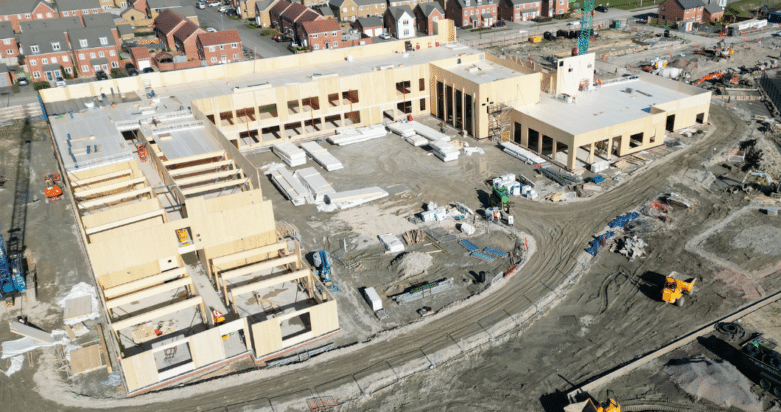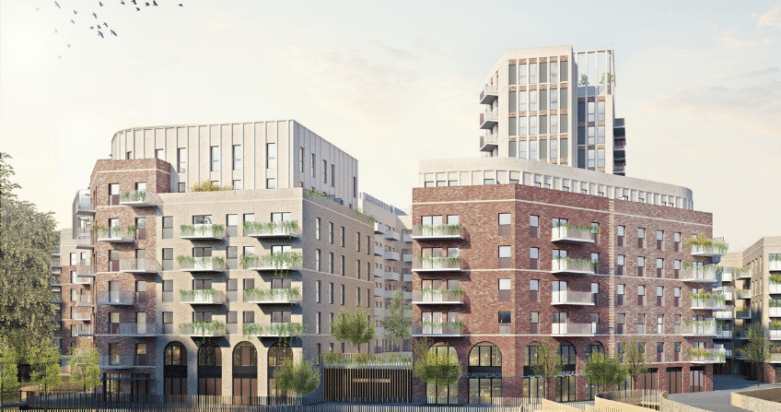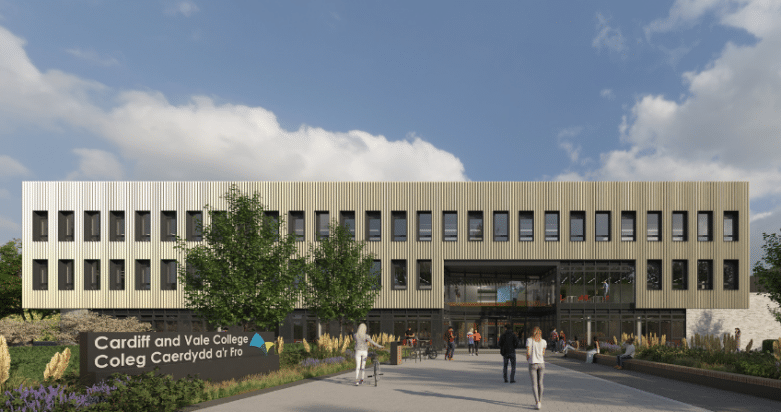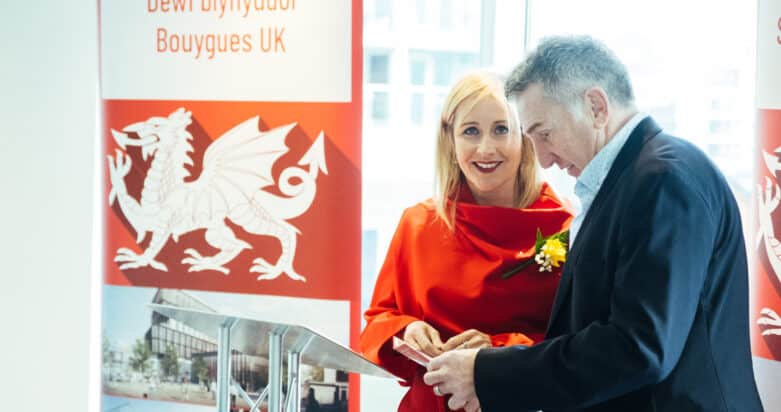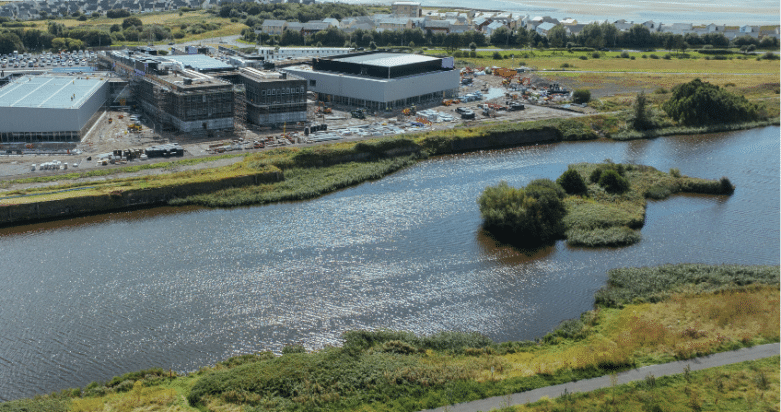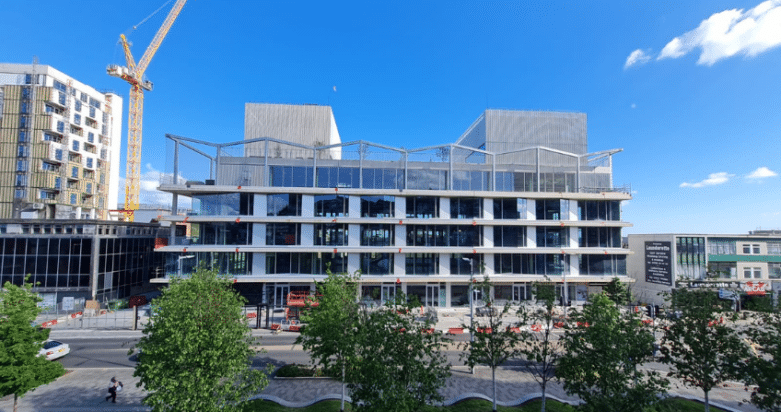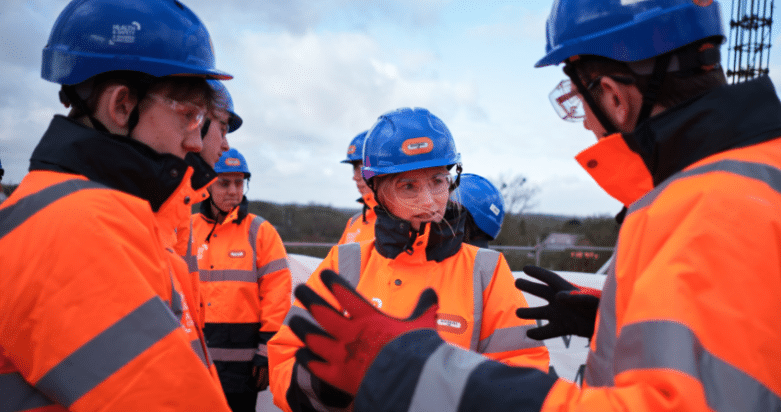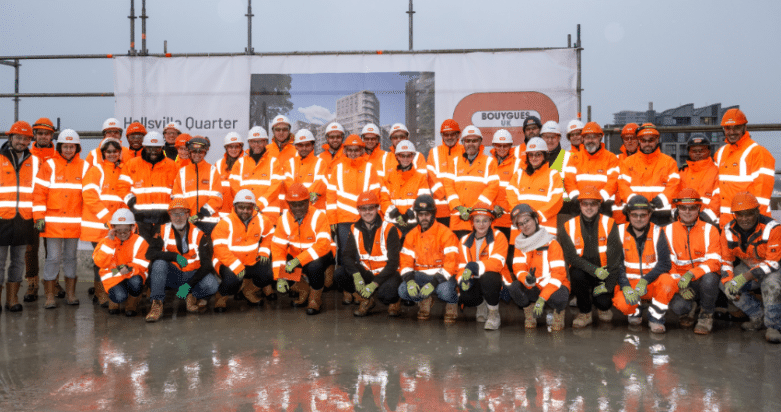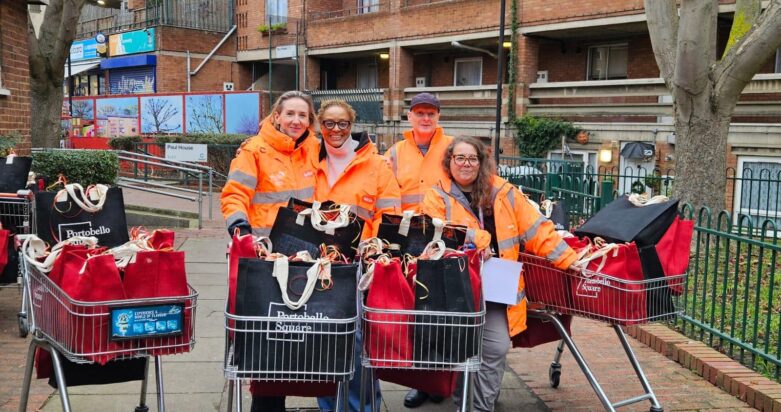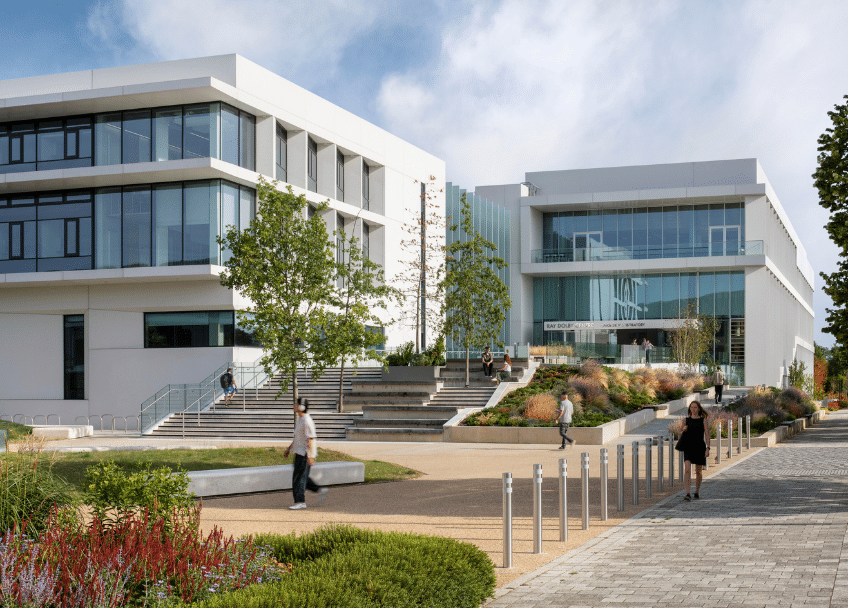
Handover of Ray Dolby Centre Sets Stage for New Era of Scientific Innovation
With the recent handover of the Ray Dolby Centre, the new home of the Cavendish Laboratory, Department of Physics at the University of Cambridge, the stage is now set for this state-of-the-art facility to transform scientific research and teaching. Designed by Jestico + Whiles and constructed by Bouygues UK in partnership with executive design partners NBBJ and BDP, the new centre will significantly enhance the Cavendish’s world-leading facilities.
A cutting-edge centre for advancing physics research and education
Located at the heart of the University’s Cambridge West Innovation District, the Ray Dolby Centre spans 32,900 square metres across five floors and will bring together a large number of research groups under one roof. The highly complex technical facility is designed to support a wide range of physics research and includes clean rooms, cryostat halls, microscopy suites, and laser and optical labs. The laboratory will serve as a national centre, providing a collaborative R&D environment for all industry and university researchers, sharing equipment and expertise.
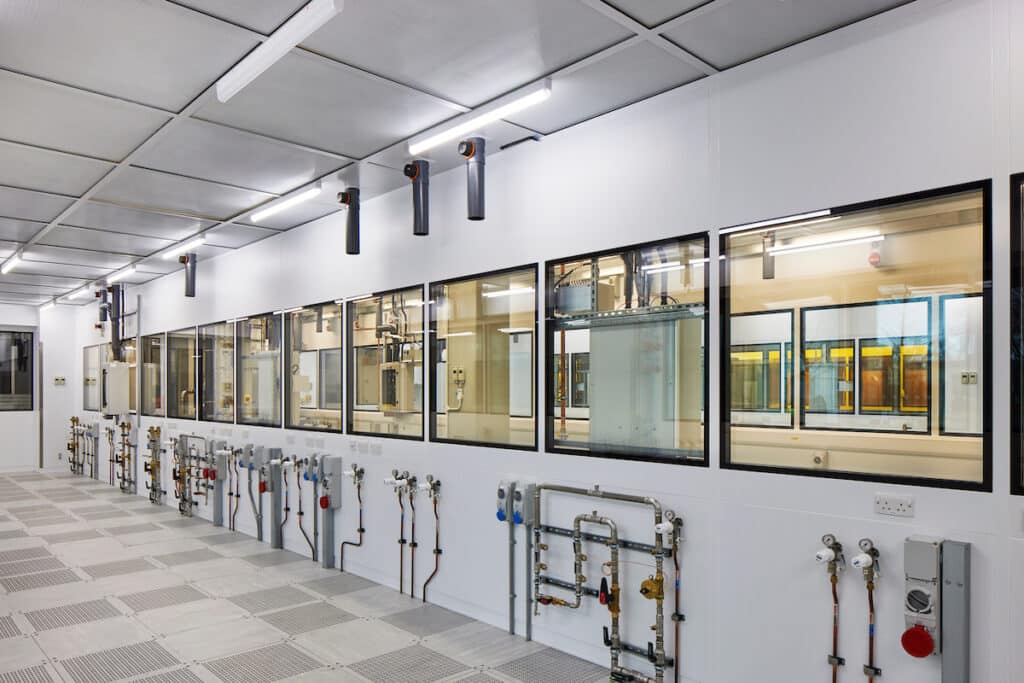
In addition to its research capabilities, the Ray Dolby Centre offers extensive teaching and learning spaces, including a 400-seat lecture theatre, undergraduate teaching labs, a learning resource centre, outreach and exhibition spaces, and other collaborative working areas for researchers, industry partners and students.
Named in recognition of a generous £85 million gift from the estate of Cambridge alumnus and sound pioneer Ray Dolby, along with £75 million support from the UK government administered through the Engineering and Physical Sciences Research Council (EPSRC), the Ray Dolby Centre is a testament to Dolby’s enduring legacy. The new facility replaces the outdated and environmentally inefficient previous facilities for the Department of Physics.
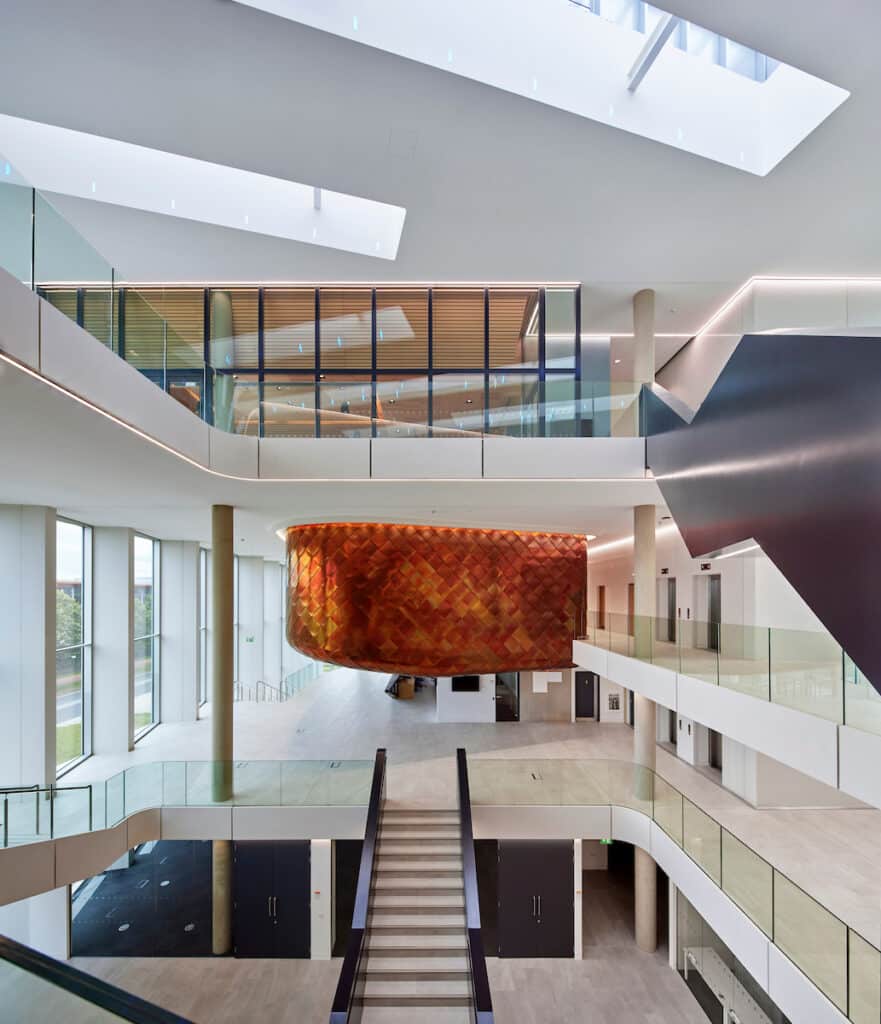
Looking forward
With the handover of the Ray Dolby Centre, the focus will now shift to the relocation of approximately 1,100 staff members and students, along with the seamless migration of research laboratories, scientific equipment, technical instruments, and undergraduate teaching laboratories. It is anticipated that the Ray Dolby Centre will be fully operational by the summer of 2025, with an official opening ceremony planned to celebrate this significant milestone.
Fabienne Viala, Chair and CEO of Bouygues UK said,
I am incredibly proud of our team for delivering their technical expertise to a facility that will significantly contribute to the advancement of scientific research and education at the University of Cambridge. The Ray Dolby Centre stands as a testament to our commitment to excellence and innovation.
Professor Mete Atatüre, Head of the Cavendish Laboratory, said,
This landmark building will serve our community, the University, the city, and the country. It will help to foster the passion and excellence that our staff and students demonstrate in their work, while providing access to our best-in-class equipment, resources and expertise to any university or industry researcher.
It is incredibly satisfying to see the practical completion of this impressive building and now we must bring it to life. Our move is a hugely complex task that we have carefully planned, and we are impatient to get to this final stage.
Jude Harris, Director at Jestico + Whiles, said,
As an integral part of the Cavendish Laboratory the Ray Dolby Centre will be hugely significant for the international science community. Since 2015 we have been working closely with the Department of Physics and the University of Cambridge, and we are enormously proud to have designed a world-class laboratory and teaching building that will promote collaboration amongst scientists, students and the wider community.
It has been a team effort and we have enjoyed working in partnership with the construction team in delivering this magnificent facility. The project handover is an important milestone to have reached, and we are now looking forward to seeing the equipment, laboratories and staff migrate over and watching it truly come to life over the coming months.

